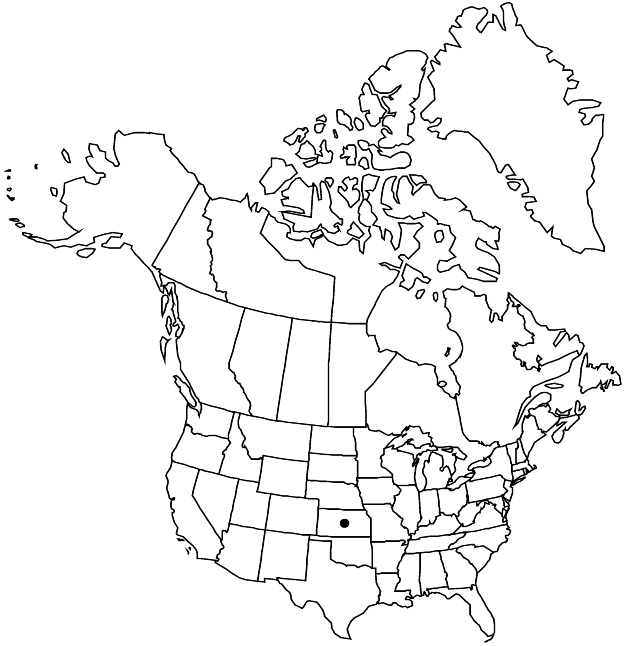familyPolygonaceae
subfamilyPolygonaceae subfam. Eriogonoideae
genusEriogonum
subgenusEriogonum subg. Oligogonum
speciesEriogonum jamesii
Difference between revisions of "Eriogonum jamesii var. simplex"
Bull. Soc. Roy. Bot. Belgique 42: 190. 1906.
FNA>Volume Importer |
imported>Volume Importer |
||
| (2 intermediate revisions by one other user not shown) | |||
| Line 8: | Line 8: | ||
}} | }} | ||
|common_names=Kansas antelope sage | |common_names=Kansas antelope sage | ||
| + | |special_status={{Treatment/ID/Special_status | ||
| + | |code=E | ||
| + | |label=Endemic | ||
| + | }} | ||
|basionyms= | |basionyms= | ||
|synonyms= | |synonyms= | ||
| Line 33: | Line 37: | ||
-->{{#Taxon: | -->{{#Taxon: | ||
name=Eriogonum jamesii var. simplex | name=Eriogonum jamesii var. simplex | ||
| − | |||
|authority=Gandoger | |authority=Gandoger | ||
|rank=variety | |rank=variety | ||
| Line 47: | Line 50: | ||
|publication title=Bull. Soc. Roy. Bot. Belgique | |publication title=Bull. Soc. Roy. Bot. Belgique | ||
|publication year=1906 | |publication year=1906 | ||
| − | |special status= | + | |special status=Endemic |
| − | |source xml=https:// | + | |source xml=https://bitbucket.org/aafc-mbb/fna-data-curation/src/2e0870ddd59836b60bcf96646a41e87ea5a5943a/coarse_grained_fna_xml/V5/V5_755.xml |
|subfamily=Polygonaceae subfam. Eriogonoideae | |subfamily=Polygonaceae subfam. Eriogonoideae | ||
|genus=Eriogonum | |genus=Eriogonum | ||
Latest revision as of 23:13, 5 November 2020
Herbs, compact, tight mats, 3–6 dm wide. Aerial flowering stems tomentose to floccose. Leaf blades 1–3(–3.5) × (0.3–)0.5–1(–1.2) cm, densely whitish- to grayish-tomentose abaxially, less so to thinly tomentose and greenish adaxially, margins plane. Inflorescences umbellate; bracts usually semileaflike, those of proximal node 0.5–2 × 0.3–1 cm. Involucres 4–6 × 2–5 mm. Flowers 4–7(–8) mm.
Phenology: Flowering Jun–Aug.
Habitat: Clayey or chalk flats, slopes, and outcrops, mixed grassland communities
Elevation: 800-1000 m
Discussion
Variety simplex is known only from a few scattered populations in Logan County and one site just inside Scott County.
Selected References
None.
Lower Taxa
None.
